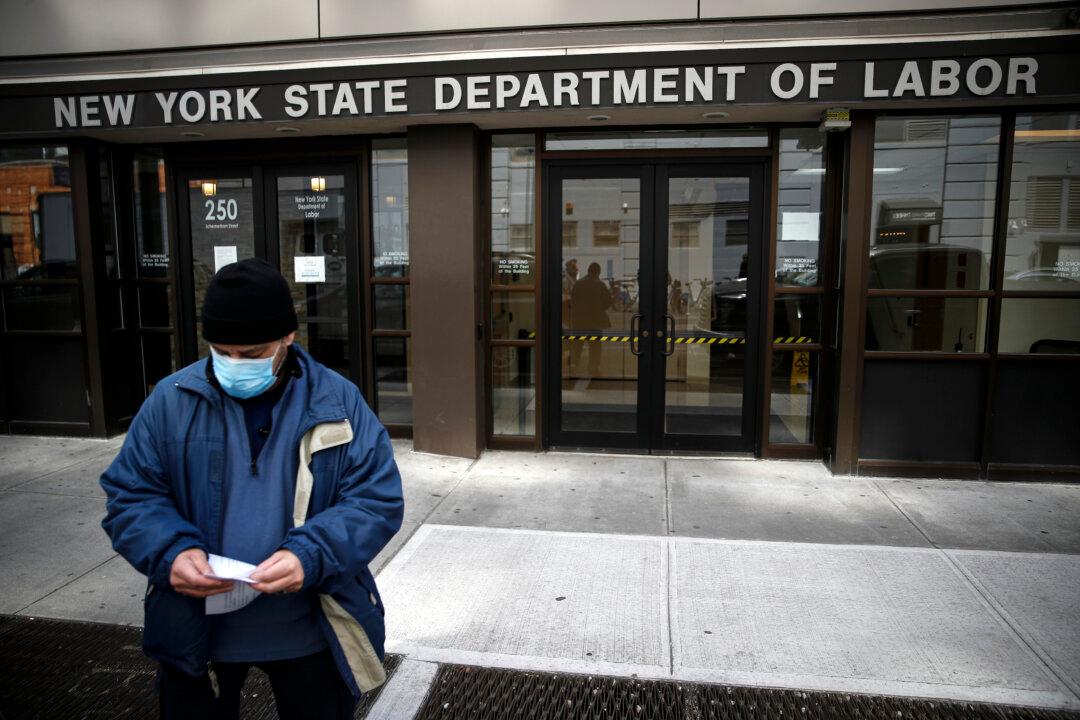In yet another symptom of the CCP virus-driven economic rout, layoffs at small businesses with fewer than 49 employees jumped by 1,136 percent month-over-month, according to a payroll processing company report.
“The COVID-19 pandemic and the necessary government actions to reduce the spread of the virus have significantly impacted businesses across the country,” wrote Daniel Sternberg, head of data science at Gusto, in the Wednesday report.





